#keizo kioku
Text

14歳の国 宮沢章夫
白水社
装丁=斉藤いづみ、写真=木奥惠三
72 notes
·
View notes
Text
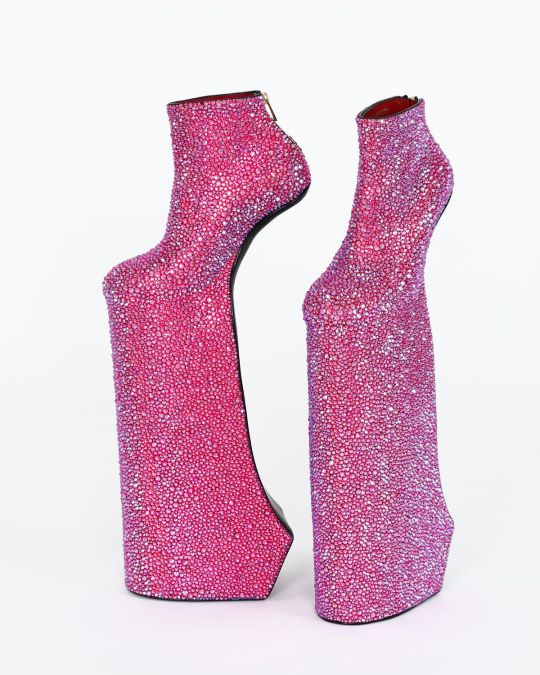
Noritaka Tatehana Heel-less Shoes 2021 - photo Keizo Kioku
16 notes
·
View notes
Photo

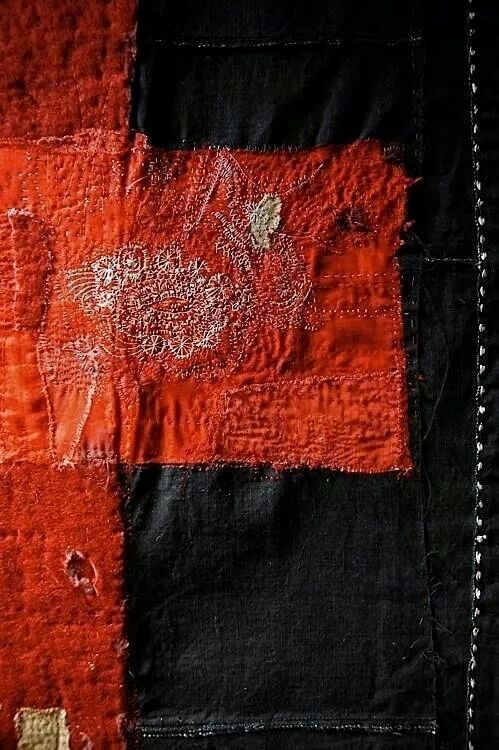
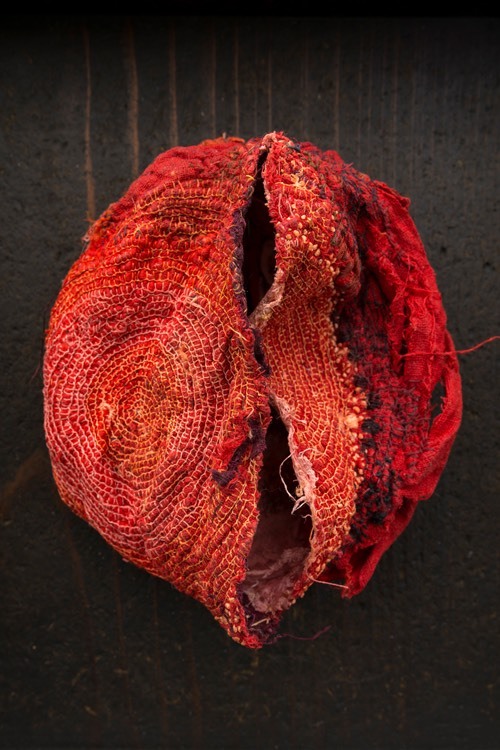
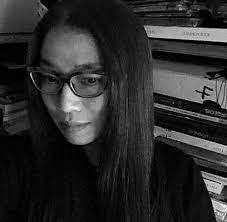
Junko Oki was born in Urawa City, Japan in 1963 and is currently based in Kamakura.
Oki embarked on her career as a fiber artist after inheriting a large quantity of thread from her late mother. She started out embroidering on clothes and bags, but before long moved to an abstract, textural style of freehand sewing on both sides of the fabric, rendering the stitching itself into works of art with sculptural dimensions. Often, her creations take on the appearance of living things or their by-products. They stretch, shrivel, burst, bleed, pucker, rot, spore, fester, scab, and molt. Possible interpretations of their forms include fruit peels, cobwebs, tree rings, mold, chrysalises, and wounds. Their colors are generally found in nature, ranging from deep reds and vibrant yellows to off-whites and subdued browns and greens. Oki works in cotton, silk, wool, linen, and hemp, while also sometimes incorporating materials and objects like paper, beeswax, pewter, bandages, and wooden frames. She will occasionally use an earlier work as the canvas for a new one, prompting reconsideration of what it means for a piece to truly be complete. She has referred to her own work as "my continually transforming skin."
https://artscape.jp/artscape/eng/focus/2212_01.html© Junko Oki.
Courtesy KOSAKU KANECHIKA. Photo: Keizo Kioku.
15 notes
·
View notes
Text

YOKO ONO: Add color painting (refugee boat)
installation view:
"catastrophe and the power of art",
mori art museum tokyo, 2018
(photo: kioku keizo)
4 notes
·
View notes
Photo
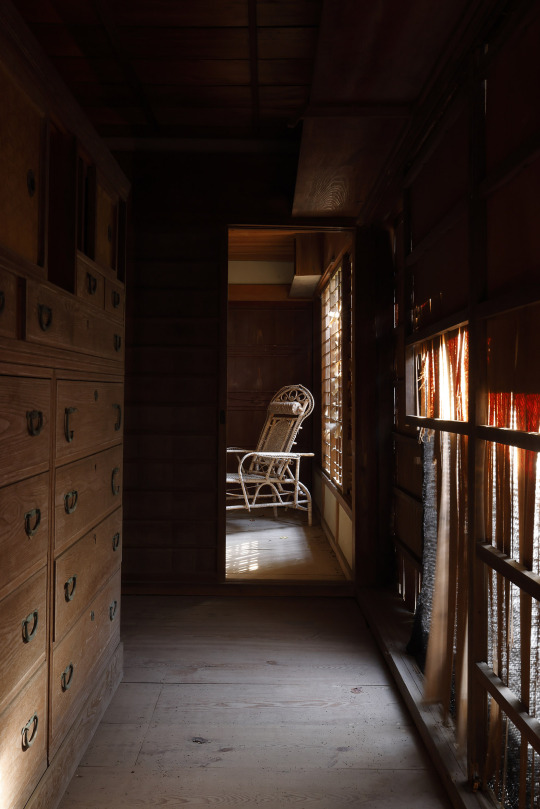
Remains of Shadowings
2022
Setouchi Triennale 2022
Teshima, Kagawa, Japan
Oil on board, antique frames, surveillance cameras, monitors, sound, radio, CRT TV, sand, furniture, household items, others
Photo: Keizo Kioku
This immersive installation uses a 100-year-old dilapidated house. Visitors follow a route through 13 rooms, corridors, and a garden, including semioutdoor storage rooms and collapsed rooms. 12 of the 13 rooms are each decorated with a painting, which depicts some part of the space in which the painting is placed. The exhibition spaces are set as a mixture of fiction and fact, with rooms that have been purposely left in their original state as if they were ruins, a room in which a dining table has been recreated as if someone had been inhabited a moment ago, a room in which stairs have been set up in unnatural combinations, and rooms with newly installed waste materials as if they had been dilapidated. The viewer has no way of knowing which are the objects newly exhibit and which are originally there. In the thirteenth room, at the end of the route, twelve monitors are installed. Here, for the first time, the viewer can learn that all 12 rooms s/he has seen so far have been monitored by surveillance cameras. (All of the surveillance cameras in each room are carefully installed in a concealed manner, so it is difficult for the viewers to notice the cameras in advance.) On the monitors, the paintings in each room are shown in close-up, and the viewer is now looking through the screens at the paintings s/he has just seen in the previous rooms. The “objects” in the rooms, the “paintings” depicting them, and the “images” monitoring the paintings — different “dimensions” exist in the work, and the viewer experiences a back-and-forth between these multilayered dimensions. The title of the work, “Remains of Shadowings”, is referred from “Shadowings”, a collection of short stories by Lafcadio Hearn (Yakumo Koizumi). The inspiration for this work was taken from a piece “The Reconciliation” in “Shadowings”. The visitors will experience the world of “Reconciliation”, which takes place in an abandoned house and moves back and forth between dimensions from reality to dream, and from dream to reality again, by walking through the sites in order.
かげたちのみる夢 Remains of Shadowings
2022
「瀬戸内国際芸術祭2022」 展示風景
豊島 甲生地区, 香川
木板に油彩、アンティークフレーム、監視カメラ、 モニター、サウンド、ラジオ、ブラウン管テレビ、 砂、家具、日用品ほか
撮影: Keizo Kioku
築100年余りの朽ちかけた古民家を使用した没 入型インスタレーション。半屋外の物置や倒壊 しかけた離れなどを含めた13の部屋と廊下、庭 などを使用しており、鑑賞者は順路に従って進 んでいく。13のうち12の部屋にはそれぞれ絵 画が1点飾られており、絵画の中にはその絵画 の置かれている空間の中のどこかが描かれてい る。会場内は、廃墟のように雑然としたまま本来の姿を敢えて残した部屋や、あたかもさっきまで人が住んでいたかのように食卓が再現された部屋、階段などが不 自然に入り組んで設置された部屋、わざと荒廃したように新たに廃材を設置した部屋など、虚実が入り混じっており、鑑賞者はどこからが「展示された」もので、どこ からが「元々あった」ものなのか、知る由もない。動線の最後にある13番目の部屋には12個のモニターが設置され、ここで初めて、鑑賞者は今まで観てきた12の 部屋が全て監視カメラでモニタリングされていたことを知る。(各部屋の監視カメラは全て隠されて設置されており、鑑賞者が事前にカメラに気付くことは困難であ る。)モニター上では各部屋の絵画が大きく映し出されており、鑑賞者はすぐ直前まで観てきた絵画を、今度は画面越しに鑑賞することとなる。 部屋内に存在する「もの」、それを描いた「絵画」、そしてその絵画をモニタリングした「映像」−−異なる「次元」が作品内に存在し、鑑賞者は多層化する次元を行き 来するような経験をする。 なお、作品タイトルにある「Shadowings」は、小泉八雲による短編集『影(Shadowings)』より引用されている。『影(Shadowings)』の中の一編『和解』から《かげたちのみ る夢 Remains of Shadowings》は着想を得ており、廃屋を舞台に現実から夢へ、そして夢からまた現実へと次元を行き来する『和解』の世界観を、敷地内を順路通り 歩くことで鑑賞者は追体験することとなる。
3 notes
·
View notes
Photo
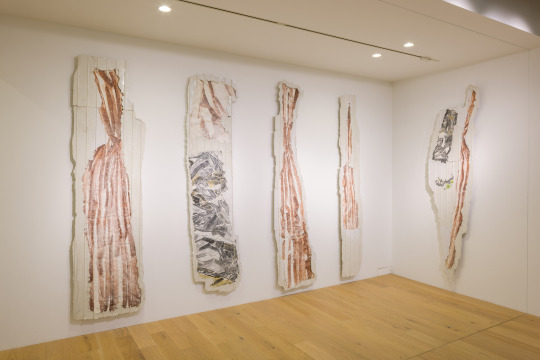
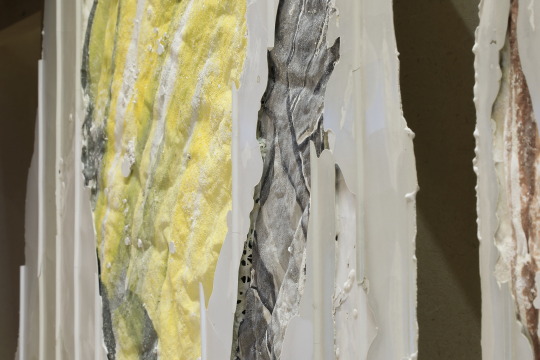
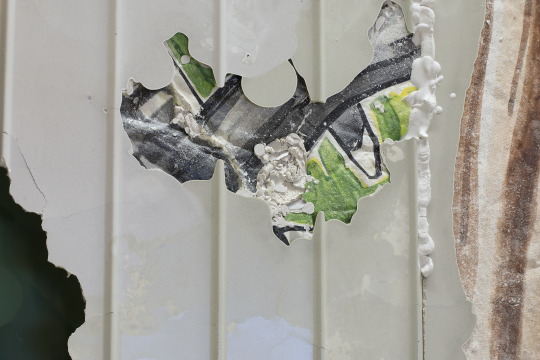

From outside on the other hand/2021-2022/JESMONITE® AC730、pigment,plaster, Water-based rubber,wood/Photo:Hyougo Mugyuda,Keizo Kioku
3 notes
·
View notes
Text
vimeo
“Potted Plant”, 2011 “Guitar”, 2012. Video projection on glass block, installation view. Photo by Keizo Kioku.
This series of video installations is inspired by and applies the methods of Analytical Cubism to the process of video-making. It consists of footage of various objects filmed from multiple angles. The final product is assembled from footage taken over several sessions, with the camera moved horizontally and vertically in a random fashion. For the purposes of the installation, video is projected on a life-size screen consisting of glass blocks.
0 notes
Photo
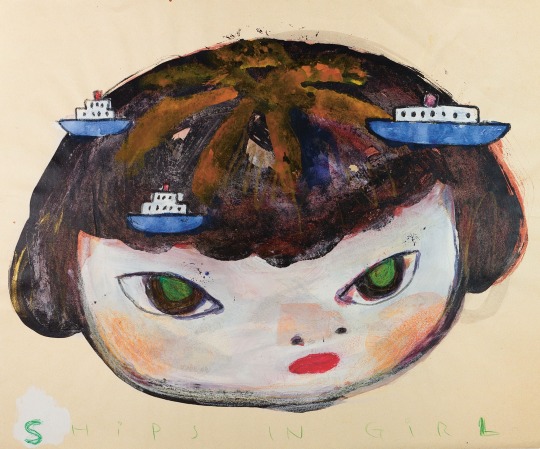
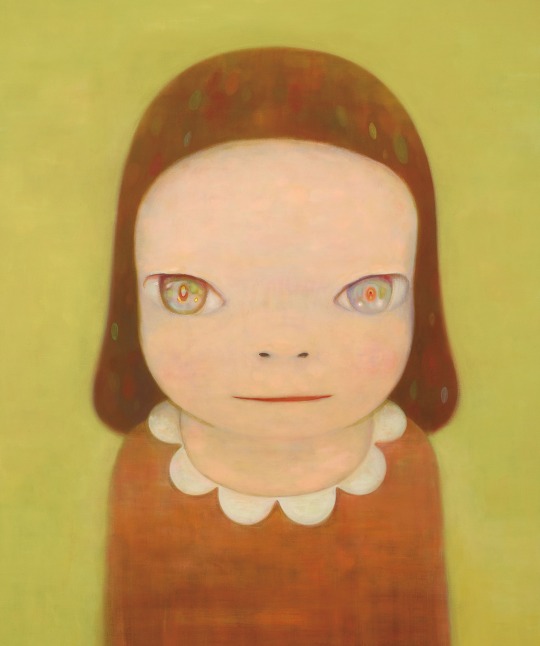
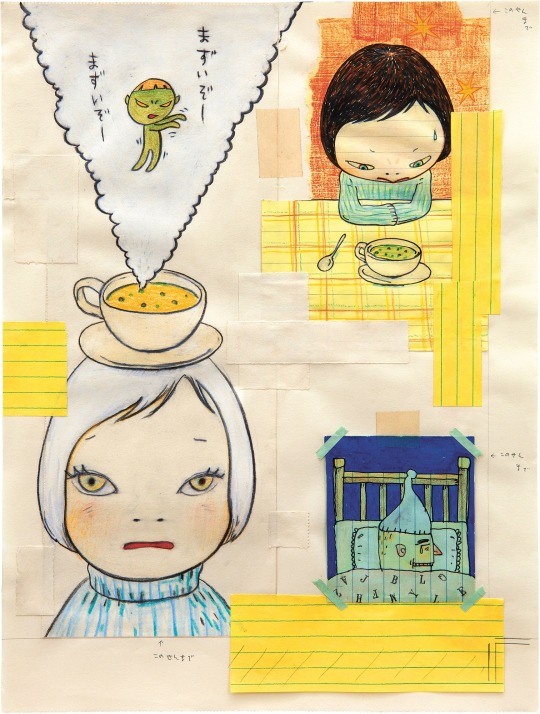
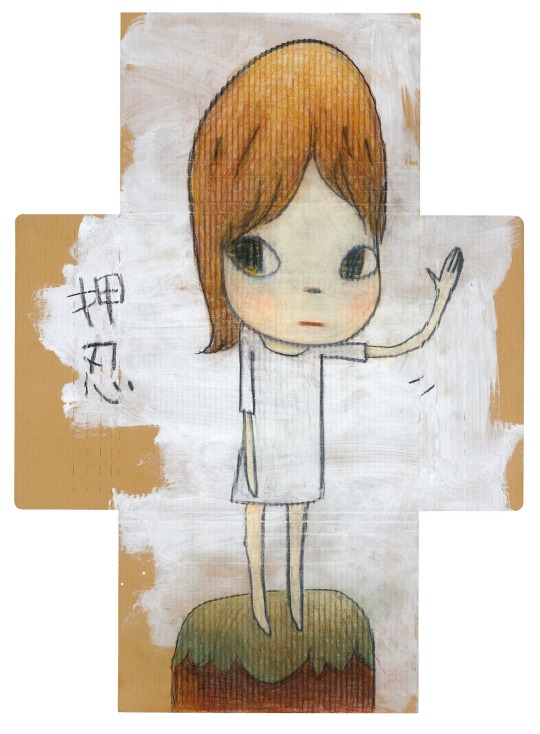
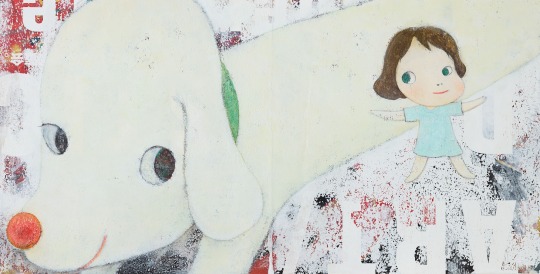
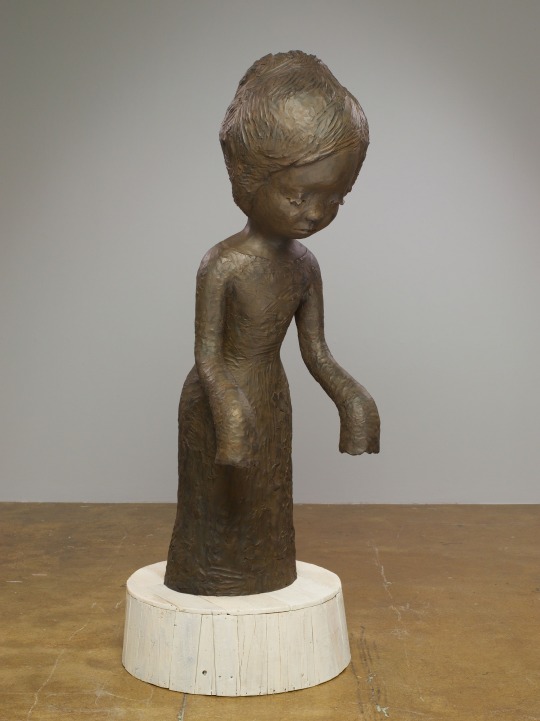
Jošitomo Nara u Albertini modern u Beču
Japanski slikar i vajar Jošitomo Nara (rođen 1959. godine) se ubraja u najpoznatije umetnike svoje generacije. Tokom devedesetih godina 20. veka je privukao međunarodnu pažnju svojim „ljutim devojčicama“, prikazima devojčica sa žestokim pogledima, vampirskim zubima ili noževima u rukama.
Izložba „Sve moje male reči“ (eng. „All My Little Words“) u Albertini modern u Beču je prva umetnikova muzejska prezentacija u Evropi za poslednjih deset godina. Izložba je zasnovana na njegovom grafičkom opusu koji se razvijao 40 godina, a umetnik je sam napravio kompoziciju grafika.
Njegovi likovi podsećaju na estetiku stripova ili crtanih filmova i kreću se od drskog deteta do naivnih likova ljupkog izgleda. To su jake male ličnosti koje se suprotstavljaju svetu odraslih i sopstvenom odrastanju. Oni iskreno i nevino otkrivaju svoja mišljenja i osećanja, kako to samo deca mogu. Postavka obuhvata rane eksperimentalne radove na papiru, slike, skulpture i jednu instalaciju.
Izložba je otvorena od 10. maja do 1. novembra 2023. godine.
© Yoshitomo Nara | Foto: Yoshitomo Nara
© Yoshitomo Nara | Foto: ALBERTINA, Wien
© Yoshitomo Nara | Foto: © Keizo Kioku
#wien#vienna#izlozba#gradbeč#albertina modern#galerije#izložbe#slikari#slikarstvo#yoshitomo nara#japan#vajari#slikar
1 note
·
View note
Photo

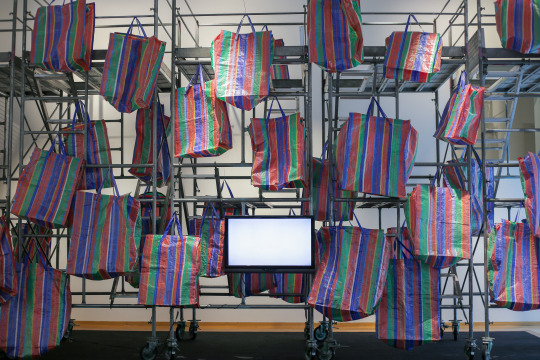
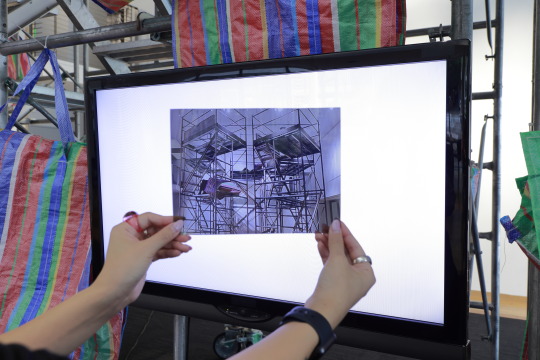
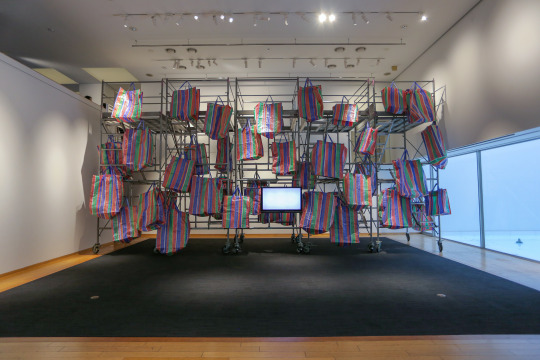
Balen(ciaga) I belong, 2022, Video installation
Grand Prize, Contemporary Art Foundation Award 2022, Tokyo
Photos by Keizo Kioku
0 notes
Photo
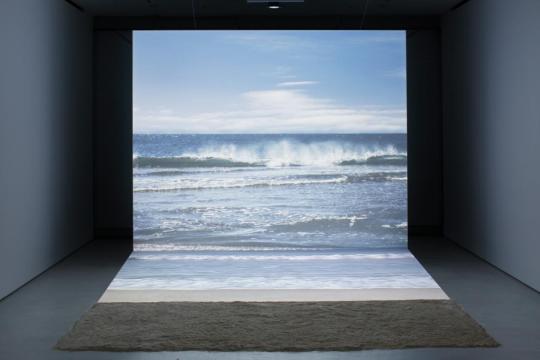
Agnès Varda
courtesy of the artist and Blum & Poe, Los Angeles/New York/Tokyo
photo: Keizo Kioku
151 notes
·
View notes
Photo
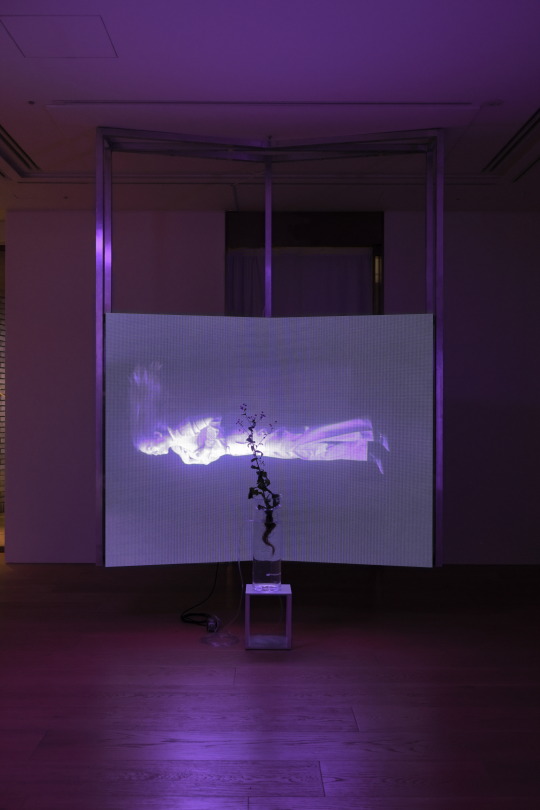
Jesper Just
Seminarium #1, 2021
12 LED panels, aluminium structure, aluminium podium height 30cm, glass vase, brightsign media player, mono speaker, cultivated Erigeron philadelphicus
Courtesy the Artist & Perrotin. Photo: Keizo Kioku.
31 notes
·
View notes
Photo

Photo: Keizo Kioku, courtesy of Art Front Gallery
Artist Reconstructs Stone Sculptures With Stunning Strips of Glass Slicing Through Them
Artist Ramon Todo breathes new life into stone sculptures and simultaneously celebrates the use of contrasting materials. His Stone Series features the use of unique rocks—including obsidian, volcanic rock, fossils, debris, and rocks from historical sites—all carefully selected to tell different stories about time and place. These stones are split and reattached with bluish glass layers—ranging in thickness and size—that diffuse light and allow us to see through each piece. They are like windows into the soul of these stones that have laid in various locales, witnessing history.
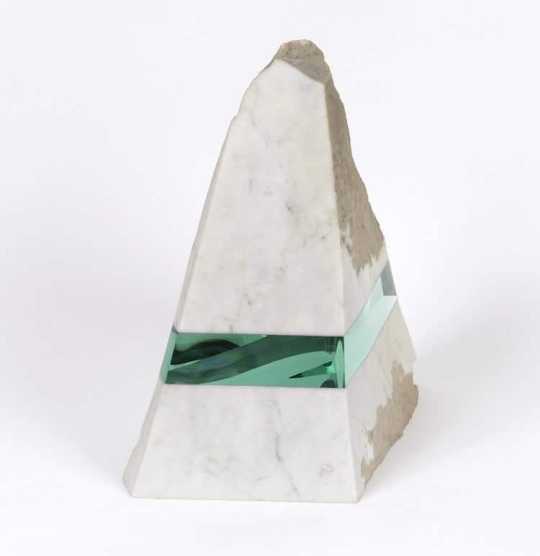
“wM260871 (2018)” (Photo: courtesy of Art Front Gallery)
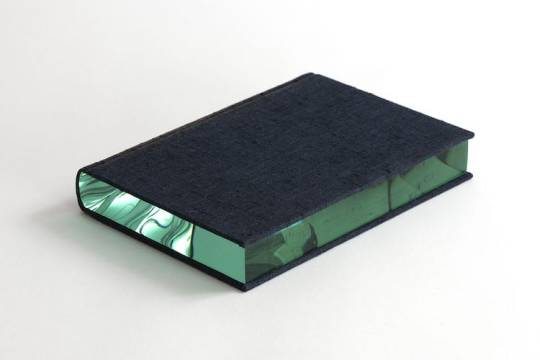
“Motoori Norinaga by Hideo Kobayashi (2019)” (Photo: courtesy of Art Front Gallery)

“Debris – 267703 (2016)” (Photo: courtesy of Art Front Gallery)
#ramon todo#artist#sculptor#stone sculptures#strips of glass#contrasting materials#stone series#obsidian#volcanic rock#fossils#debris#rocks#bluish glass layers#art front gallery#motoori norinaga#hideo kobayashi#art
1 note
·
View note
Photo

Heart 2017 | sculpture by Noritaka Tatehana photo Keizo Kioku
157 notes
·
View notes
Photo
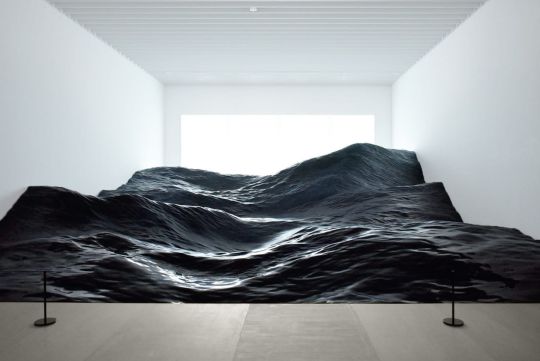
Contact - Mé
Photo: Kioku Keizo, courtesy Mori Art Museum
17 notes
·
View notes
Photo
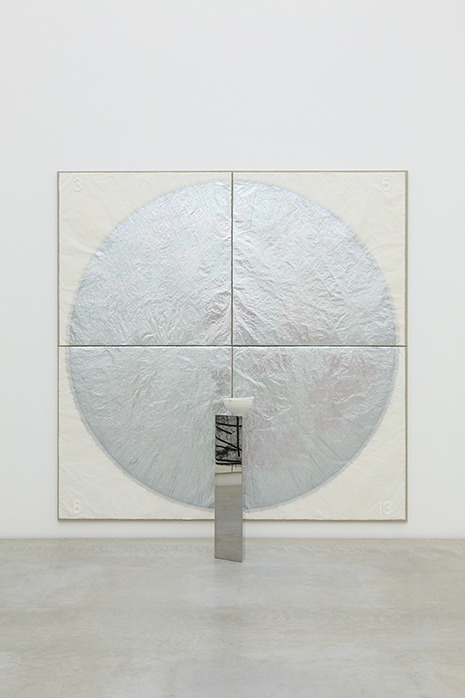
Rirkrit Tiravanija
Second chapter: be sure to pack the toothbrush, eat Curry noodles through the wormhole 2013
Photo: Keizo Kioku
Courtesy of STPI
2 notes
·
View notes
Photo

Remains of Shadowings
2022
Setouchi Triennale 2022
Teshima, Kagawa, Japan
Oil on board, antique frames, surveillance cameras, monitors, sound, radio, CRT TV, sand, furniture, household items, others
Photo: Keizo Kioku
This immersive installation uses a 100-year-old dilapidated house. Visitors follow a route through 13 rooms, corridors, and a garden, including semioutdoor storage rooms and collapsed rooms. 12 of the 13 rooms are each decorated with a painting, which depicts some part of the space in which the painting is placed. The exhibition spaces are set as a mixture of fiction and fact, with rooms that have been purposely left in their original state as if they were ruins, a room in which a dining table has been recreated as if someone had been inhabited a moment ago, a room in which stairs have been set up in unnatural combinations, and rooms with newly installed waste materials as if they had been dilapidated. The viewer has no way of knowing which are the objects newly exhibit and which are originally there. In the thirteenth room, at the end of the route, twelve monitors are installed. Here, for the first time, the viewer can learn that all 12 rooms s/he has seen so far have been monitored by surveillance cameras. (All of the surveillance cameras in each room are carefully installed in a concealed manner, so it is difficult for the viewers to notice the cameras in advance.) On the monitors, the paintings in each room are shown in close-up, and the viewer is now looking through the screens at the paintings s/he has just seen in the previous rooms. The “objects” in the rooms, the “paintings” depicting them, and the “images” monitoring the paintings — different “dimensions” exist in the work, and the viewer experiences a back-and-forth between these multilayered dimensions. The title of the work, “Remains of Shadowings”, is referred from “Shadowings”, a collection of short stories by Lafcadio Hearn (Yakumo Koizumi). The inspiration for this work was taken from a piece “The Reconciliation” in “Shadowings”. The visitors will experience the world of “Reconciliation”, which takes place in an abandoned house and moves back and forth between dimensions from reality to dream, and from dream to reality again, by walking through the sites in order.
かげたちのみる夢 Remains of Shadowings
2022
「瀬戸内国際芸術祭2022」 展示風景
豊島 甲生地区, 香川
木板に油彩、アンティークフレーム、監視カメラ、 モニター、サウンド、ラジオ、ブラウン管テレビ、 砂、家具、日用品ほか
撮影: Keizo Kioku
築100年余りの朽ちかけた古民家を使用した没 入型インスタレーション。半屋外の物置や倒壊 しかけた離れなどを含めた13の部屋と廊下、庭 などを使用しており、鑑賞者は順路に従って進 んでいく。13のうち12の部屋にはそれぞれ絵 画が1点飾られており、絵画の中にはその絵画 の置かれている空間の中のどこかが描かれてい る。会場内は、廃墟のように雑然としたまま本来の姿を敢えて残した部屋や、あたかもさっきまで人が住んでいたかのように食卓が再現された部屋、階段などが不 自然に入り組んで設置された部屋、わざと荒廃したように新たに廃材を設置した部屋など、虚実が入り混じっており、鑑賞者はどこからが「展示された」もので、どこ からが「元々あった」ものなのか、知る由もない。動線の最後にある13番目の部屋には12個のモニターが設置され、ここで初めて、鑑賞者は今まで観てきた12の 部屋��全て監視カメラでモニタリングされていたことを知る。(各部屋の監視カメラは全て隠されて設置されており、鑑賞者が事前にカメラに気付くことは困難であ る。)モニター上では各部屋の絵画が大きく映し出されており、鑑賞者はすぐ直前まで観てきた絵画を、今度は画面越しに鑑賞することとなる。 部屋内に存在する「もの」、それを描いた「絵画」、そしてその絵画をモニタリングした「映像」−−異なる「次元」が作品内に存在し、鑑賞者は多層化する次元を行き 来するような経験をする。 なお、作品タイトルにある「Shadowings」は、小泉八雲による短編集『影(Shadowings)』より引用されている。『影(Shadowings)』の中の一編『和解』から《かげたちのみ る夢 Remains of Shadowings》は着想を得ており、廃屋を舞台に現実から夢へ、そして夢からまた現実へと次元を行き来する『和解』の世界観を、敷地内を順路通り 歩くことで鑑賞者は追体験することとなる。
1 note
·
View note